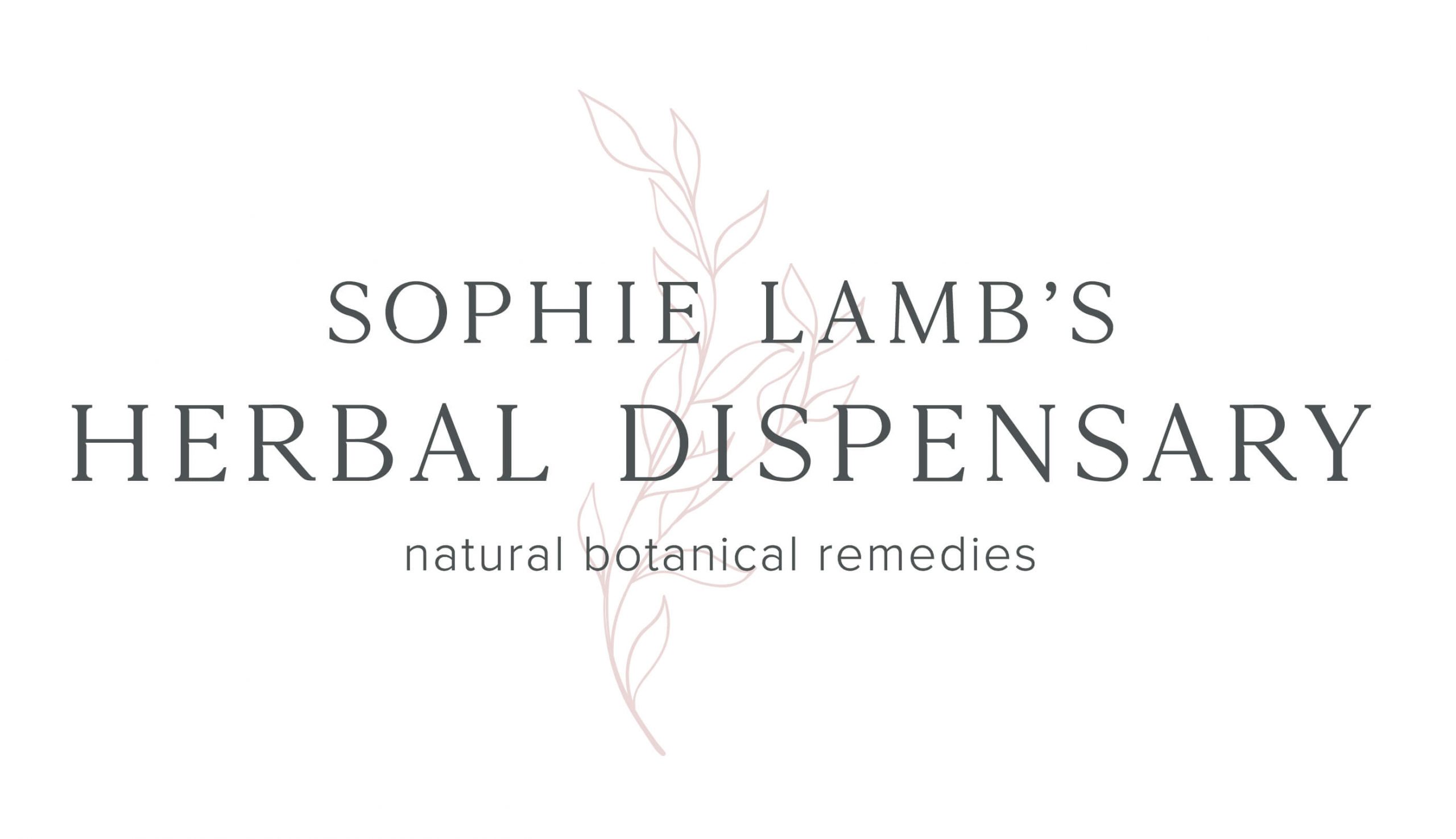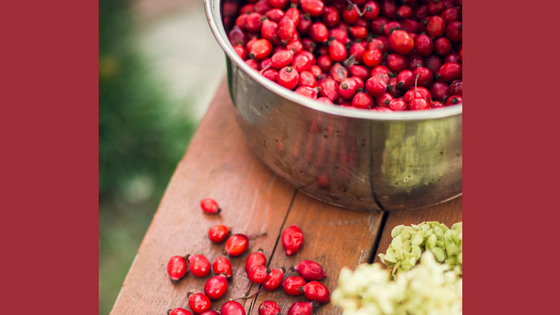
Histamine maladies and remedies
Histamine really is a pain in the…..well, it can effect you virtually anywhere. Your skin, in the form of eczema and hives, lungs presenting as difficulty breathing, itchy eyes, gut as diarrhoea, irritable or painful bladder, stiff joints and often as a migraine. Mast cells which release histamine have a very important role in creating a defence against unwanted invaders, ready to release the histamine which brings the immune and bloods cells to the area ready for battle and then recovery. However, the environment we have all grown up in is becoming more and more confusing to the immune system, which is often in overdrive, reacting to very innocuous substances such as pollen, many foods and even a swing in temperature
People with histamine intolerance don’t make enough Diamine oxidase. Diamine oxidase exists in the digestive system and the blood stream. These people absorb too much histamine from foods and they often have mast cells also that release histamine too easily.
But histamine doesn’t work alone. As it is really a type of inflammatory messenger and works in unison with increasing oestrogen and cortisol. And oestrogen and cortisol increases it! Hence why women are much more allergic usually around ovulation and before a period and why stress can cause histamine reactions to be worse when Diamine Oxidase, a histamine-degrading enzyme is at its lowest.
Dr Katharina Dalton who gained her noble prize on her research in progesterone documented some of this in her highly valuable book, “Once a month.” And interestingly, in terms of stress, a low blood sugar situation produces a much higher sensitivity. I have seen hives regress in front of my eyes once something sugary and sweet has been given. I have also had very interesting personal experience of this before I learned these important physiological facts.
Interestingly, it has also been found that people with histamine intolerance have the lowest Bifidobacteriaceae in their gut microbiome. There are certain gut bacteria which are also known to be histamine producing. If you would like to arrange a gut microbiome test with, feel free to send me a message on the contact form.
So if you have symptoms that you suspect may be histamine related, there are two things you will want to do: reduce how much histamine you absorb from foods and reduce the release of histamine from mast cells.
This is where food and herbs come in and you can become your own healer.
Below I have made a chart of some of the most likely and common histamine releasing and containing foods. It is my no means exhaustive but it is a good start. You can learn and do more and I have listed resources at the end,
It’s interesting to see that these problems are on the rise as we move away from nourishing traditions such as including offal in our diets – kidneys are a great source of Diamine Oxidase and liver contains an array of vitamins that are antihistamine.
Dr John Campbell and Dr had a fascinating talk on the subject of histamine intolerance and Mast Cell Activation Syndrome:
Youtube – Inflammation and mast cell activation syndrome
I formulated a lovely herbal blend called Hay without the Fever. Full of histamine stabilising and mucous membrane toning herbs that are especially helpful for seasonal allergies.
I hope you find this article helpful.
Sophie
General food rules to lower histamine
Before we begin, it will be helpful to view your histamine as a bucket. When it gets too full it spills over causes the inflammatory symptoms we want to avoid. It’s all about not producing more than your body can handle at one time and background situations such as seasonal allergies, mold, hormone imbalance, stress, illness can cause your bucket to be topped up already.
- Keep a journal. Make a note of the foods that may be causing immediate and delayed symptoms
- As much as possible, buy only fresh and organic. Pesticides and insecticides are also able to trigger histamine release
- Meat should not be aged. It should be frozen immediately after slaughter and cooked immediately after thawing. Remember that in general, beef is aged for about 3 weeks before going on the shelf. It’s ideal to make a good relationship with a local butcher or farm and find out what you can do to get the freshest meat, including lamb
- Only eat fresh meals. Refrigerated foods grow bacteria quickly. Meat is the worst but vegetables also do. The bacteria create PAMPs (pathogen-associated molecular patterns) which are strong stimulators of the immune system and stimulate release of histamine from mast cells. Freeze left overs, and to warm again, start to heat when still very cold.
- Avoid aged and fermented foods – aged meats, smoked meats and fish, minced meat, fermented foods such as sourdough, yoghurts (depending on the bacterial culture, some can be tolerated well) tinned fish, sauerkraut, kimchi, all vinegars expect for apple cider vinegar, left over foods, meat which has been sitting out on counter top, aged cheese, very hard cheese, blue cheese
- Avoid soya and tamara sauce, and fish sauce
- Avoid tinned foods
- Most vegetables are allowable but tomatoes, aubergines, spinach and mushrooms can trigger histamine release and should be avoid initially
- Most fruit are allowable but citrus can trigger histamine release. Other fruits to be wary of include mango, papaya, kiwi (kiwi are full of seeds which are surrounded by oxalates which can trigger histamine release) ripe bananas
- Wheat can trigger histamine release and should be left out initially
- Avoid foods that block diamine oxidase (DAO), an enzyme produced in the gut that breaks down histamine coming in through the diet. Alcohol, tea, coffee block DAO, especially alcohol
- Yeast can be a major trigger for histamine release. Avoid yeast extract also, including marmite.
Histamine intolerance is a symptom and not a cause. Root causes to look for, mold exposure, viral and bacterial infection, heavy metal toxicity, SIBO (intestinal bacterial overgrowth), low DAO (can also be caused by SIBO and excess alcohol, other intestinal disorders and some medicines) mast cell activation syndrome (when mast cells detect and allergen or a pathogen, they degranulate and release histamine amongst around 1000 further chemical messengers including ones which can make you bruise easily or be more prone to clots. In this condition, mast cells are overly sensitive)
Due to the fact that it requires vitamin B 6, vitamin C, pyridoxal 5’-phosphate and iron to make histamine, those with high histamine levels may need to supplement with these.
Vitamin B12 deficiency can also be a cause of histamine intolerance
Remedies for High Histamine
- Decrease stress – stress has been shown to increase histamine release
- Eat a low histamine diet. Especially avoid the high histamine food such as aged cheeses and fermented foods such as soya sauce, wines, beer, cider, aged cheese, vinegars except for apple cider vinegar
- Eat plenty of histamine lowering foods such as basil, olive oil, garlic, apples and onions contain which contain quercetin, a natural antihistamine.
- Try natural antihistamines such as nettle, baical skullcap (the core herb in my Air Defender formula), butterbur, bromelain, quercetin, vitamin c. My formula, Hay without the Fever, is particularly useful for seasonal allergies.
- Increase DAO by taking a DAO supplement 15 minutes before meals
- Pea shoots contain high amounts of naturally occurring DAO and make a beautiful side salad. You can sprout your own or buy them inconvenient salad bags.
- Find a good butcher buy fresh kidney to eat weekly. Like liver,kidney was once upon a time served regularly as a staple. Kidneys have a high amount of diamine oxidase which breaks down histamine in the gut. Alternatively, you could find a good Desiccated Kindey Supplement.
- Avoid all vegetable oils
- Correct hormonal imbalances. High oestrogen is known to cause a decreased breakdown of histamine. High oestrogen before a period and around ovulation will often cause high histamine symptoms
This list is not comprehensive but includes the main offenders. All of these foods either directly or indirectly raise histamine. The list also includes high oxalate foods (in bold italic), which for some people also causes an inflammatory, histamine response. Not everybody with high histamine has oxalate issues, but in general it’s important not to consume high amounts of high oxalate foods due to risk of kidney stones and oxalic acid crystal formation elsewhere such as in the joints. I have listed some of the highest and most frequently eaten oxalates, but if you have joint pain and other signs of inflammation, you can find a comprehensive list online. A tip to reducing absorption of oxalates it to combine with a calcium rich food. However, foods such as beet greens are so high they should never be eaten and only a few almonds per day.
| High histamine grains | Low Histamine grains | High Histamine Vegetables | High histamine Fruits | High histamine meat/fish | Low histamine meat | High histamine dairy | Low histamine dairy | High Histamine Herbs and Spices | Miscellaneous | ||
| Wheat (all forms) | White rice | Tomatoes | tomatoes | Smoked meats | Very fresh fish | Very mature cheese | Cream cheese | Curry powder | Soya/tamari sauce | ||
| Buckwheat | Oats | Spinach | Very ripe fruits | Shellfish | Freshly frozen fish | Yoghurt (depending on the culture of the particular yogurt) | Mozzarella | Chilli powder | Tomato sauce | ||
| Quinoa | Puffed rice | Aubergine | Citrus | Minced meat | Freshly cooked | Rancid butter | Fresh butter | Star Anise | Tinned tomatoes | ||
| Tahini | |||||||||||
| Almonds | |||||||||||
| Tinned vegetables | Bananas | Smoked fish | Eggs | Sheep’s/goat’s cheese | Cayenne | Peanuts | |||||
| Peas | Kiwi | Tinned fish | Some natural yoghurts, depends on culture use | Nutmeg | Walnuts | ||||||
| Beans and pulses | pineapple | Goats milk (based on individual) | Tofu | ||||||||
| Pumpkin | Mango | All pickled/fermented foods | |||||||||
| Celery | Rhubarb | ||||||||||
| Okra | Avocados | Sulphate containing foods and other additives | |||||||||
| Chard | Grapefruit | Ready meals | |||||||||
| Strawberries | Cocoa / chocolate | ||||||||||
| Sweet potatoes | Papaya | Molasses sugar | |||||||||
| Beetroot and beetroot greens | Clementines | All vinegar except for organic apple cider vinegar | |||||||||
| Figs | Miso | ||||||||||
| Raspberries | |||||||||||
| Blackberries | Many crisp varieties |
For more information:
www.lowhistamineats.com
Post a Comment
You must be logged in to post a comment.




